For now, love yourself and enjoy this one ...
By Norma Weinberg
 There’s more to the story of trick or treat nights, dressing in costume, and begging for candy than you probably know. Halloween’s origin dates back to the ancient Celtic festival of Samhain (pronounced ‘sow-in’). The Celts (spoken as ‘kelts’) lived around 1,000 B.C., mostly in the area that is now Ireland, the United Kingdom, and northern France. The Celts celebrated their New Year on the 1st of November. This day marked the end of summer, the harvest, and the beginnings of a dark, cold winter. It was the time of the year often associated with human death.
There’s more to the story of trick or treat nights, dressing in costume, and begging for candy than you probably know. Halloween’s origin dates back to the ancient Celtic festival of Samhain (pronounced ‘sow-in’). The Celts (spoken as ‘kelts’) lived around 1,000 B.C., mostly in the area that is now Ireland, the United Kingdom, and northern France. The Celts celebrated their New Year on the 1st of November. This day marked the end of summer, the harvest, and the beginnings of a dark, cold winter. It was the time of the year often associated with human death.
Celts believed that on the night before their new year, boundaries blurred between worlds of the living and the dead. On the night of October 31st, they celebrated Samhain, reflecting on the souls of their departed ancestors, who journeyed from the spirit world to the physical world to visit their loved ones. The holiday bonfires and glowing turnips (today’s pumpkins) aided the dead on their journey, lighting their way, while protecting the living.
The October 31st date was known as a halfway point between the Fall Equinox and the Winter Solstice. The Celtic celebration lasted from October 31st to November 1st or 2nd. Death was honored as the great teacher, reminding all that ‘Life is a cherished gift’. Samhain is a special time to be aware of the love and light of those who have passed and even so remain connected with us on earth.
The following plants held magical significance during Samhain:
 Acorns (oak nuts): Oaks (Quercus spp.) were sacred. Acorns represented the magic of rebirth. If gathered on a full moon, they were said to attract fairies. Carried in a pocket they would bring good luck. (Note: the practice of ‘knocking on wood for good luck’ began as knocking on an oak tree.)
Acorns (oak nuts): Oaks (Quercus spp.) were sacred. Acorns represented the magic of rebirth. If gathered on a full moon, they were said to attract fairies. Carried in a pocket they would bring good luck. (Note: the practice of ‘knocking on wood for good luck’ began as knocking on an oak tree.)
 Apples: Apples (Malus spp.) have been grown for thousands of years in Asia, Europe, and the Mediterranean. By A.D. 43 the Roman Empire had conquered the majority of Celtic territory. In the course of 400 years of Roman rule in the Celtic lands, two festivals emerged – the Romans had their own holiday to traditionally commemorate the passing of the dead named Feralia, celebrated in February. The second was a day to honor Pomona, goddess of fruit and trees symbolized by the apple. Pomona was incorporated into Samhain.
Apples: Apples (Malus spp.) have been grown for thousands of years in Asia, Europe, and the Mediterranean. By A.D. 43 the Roman Empire had conquered the majority of Celtic territory. In the course of 400 years of Roman rule in the Celtic lands, two festivals emerged – the Romans had their own holiday to traditionally commemorate the passing of the dead named Feralia, celebrated in February. The second was a day to honor Pomona, goddess of fruit and trees symbolized by the apple. Pomona was incorporated into Samhain.
Some apple traditions: an apple peel thrown over the shoulder, could form the first letter of a true love’s name; peeling an apple in front of a mirror by candlelight might reveal the image of a lover; and, the first person to bite an apple floating in a dish of water would be the first to wed.
Chrysanthemum spp.: The flower’s name is derived from ancient Greek, and the plant has been cultivated as far back as the 15th century B.C. There are numerous species. A bouquet of Chrysanthemums in your home is a good way to remember those who have passed.
Dittany of Crete (Origanum dictamnus): In the mint family, it grows on rocky, steep mountainsides, has fuzzy, silver-white leaves, is aromatic, and has hop-like bracts and violet flowers. Historically it was used as a love spell herb. Dittany incense was thought to soften the pain of a departed soul who died from severe wounds; in truth, wounded goats seek out this herb.
 Elderberry (Sambucus nigra, S. canadensis in the U.S.): The plant with the strongest ties to Halloween was elderberry, a small bushy tree with white flowers and black berries. Elderberry was associated with the Germanic goddess Holle or Hulda, guardian of the dead. The goddess survives today as a caricature of a witch. She helped souls cross over and took messages to them – perhaps written in elderberry juice ink! In the U.S., people carried pieces of the tree’s wood for protection, tied prayers to its branches and left apples as offerings. The elderberry has also been revered for its health benefits – rich in antioxidants and vitamin C.
Elderberry (Sambucus nigra, S. canadensis in the U.S.): The plant with the strongest ties to Halloween was elderberry, a small bushy tree with white flowers and black berries. Elderberry was associated with the Germanic goddess Holle or Hulda, guardian of the dead. The goddess survives today as a caricature of a witch. She helped souls cross over and took messages to them – perhaps written in elderberry juice ink! In the U.S., people carried pieces of the tree’s wood for protection, tied prayers to its branches and left apples as offerings. The elderberry has also been revered for its health benefits – rich in antioxidants and vitamin C.
 Mandrake (Mandragora officinarum): This is a genus of six species of hallucinogenic plants in the nightshade family (Solanaceae). It is native to the Mediterranean and the Himalayas, and noted for potent, long taproots (up to 2 feet in length). The roots somewhat resemble the human form. It is a traditional witch’s herb, used for protection. Whole mandrake roots were regarded as valuable, and passed down through families as heirlooms. One Germanic tradition involves bathing the whole mandrake root in wine or brandy, then sprinkling the “bathwater” around one’s property as a protective shield.
Mandrake (Mandragora officinarum): This is a genus of six species of hallucinogenic plants in the nightshade family (Solanaceae). It is native to the Mediterranean and the Himalayas, and noted for potent, long taproots (up to 2 feet in length). The roots somewhat resemble the human form. It is a traditional witch’s herb, used for protection. Whole mandrake roots were regarded as valuable, and passed down through families as heirlooms. One Germanic tradition involves bathing the whole mandrake root in wine or brandy, then sprinkling the “bathwater” around one’s property as a protective shield.
Mugwort (Artemisia vulgaris): This herb was considered a powerful talisman, the magic of which could drive away all that is bad: evil spirits, epidemics, and adversity. Its fumes, if breathed in, favor dreams and visions. The Celts seized it at daybreak, walking backward to confuse the traces of evil forces. According to some beliefs, under its roots were forces capable of protecting the person from lightning, plague, and demons. Even St. John the Baptist used to wear a belt of mugwort to keep the devil away. Place mugwort under your pillow to promote gentle, restful, clear dreams.
Rosemary – (Salvia rosmarinus): The scent of rosemary is for remembrance and sometimes sprigs are given to those at a funeral to drop into the open grave, before closing. Hang rosemary bundles in front of your door to keep harmful spirits from entering.
 Rowan Berries (Sorbus aucuparia): This tree is found in the Northern Hemisphere and known for its red berries. Historically, it was used to protect against sorcery and faeries. In the British Isles, the tree protects against witchcraft and enchantment. Each berry has a tiny, five-pointed star or pentagram opposite its stalk. You can hang these berry branches over your doors and windows to keep your home full of good energy.
Rowan Berries (Sorbus aucuparia): This tree is found in the Northern Hemisphere and known for its red berries. Historically, it was used to protect against sorcery and faeries. In the British Isles, the tree protects against witchcraft and enchantment. Each berry has a tiny, five-pointed star or pentagram opposite its stalk. You can hang these berry branches over your doors and windows to keep your home full of good energy.
Rue (Ruta graveolens): This species has both female and male plants. It is a strongly scented plant – cats hate the odor! Traditionally, it has been used as an antidote to some poisons, and to poisonous snake bites. Rue was used magically to ward off the ‘evil eye.’
Sage (Salvia officinalis): Salvia is the Latin name for sage, derived from the word salvare which means “to save”, and indicates the healing properties of this plant. It was considered a purifying magical tool and versatile medicinal plant. A tea made with fresh sage, rosemary, and lemon balm seems to help memory issues.
Wormwood (Artemisia absinthium): One of several species of bitter or aromatic herbs or shrubs of the aster family (Asteraceae) that is distributed throughout many parts of the world. It is said to increase psychic powers, aid in calling spirits forward, and help with spell-breaking.
 How else can you celebrate Samhain
How else can you celebrate Samhain
- Decorate your front door area with the colors of the season – oranges, deep purple, and burgundy
- Carve and light pumpkins
- Bob for apples with family and friends
- Create an indoor prayer circle to connect with your ancestors and honor them
A sample prayer might be:
With the gift of remembrance, I remember you. You are gone, but never forgotten, and you live on within me, and within those who are yet to come.
Medicinal Disclaimer: It is the policy of The Herb Society of America, Inc. not to advise or recommend herbs for medicinal or health use. This information is intended for educational purposes only and should not be considered as a recommendation or an endorsement of any particular medical or health treatment. Please consult a health care provider before pursuing any herbal treatments.
Photo Credits:1) Jack o’lanterns (Macwagen); 2) Acorns (PickPik); 3 Pomona by Nicolas Fouché, circa 1700 (Public Domain); 4) Frau Holda by Gustav Richter, 1852 (Public Domain); 5) Mandrake root in its coffin in the Museum of Witchcraft and Magic in Boscastle, Cornwall (Ethan Doyle White) 6) Rowan berries (George Chernilevsky); 7) Chrysanthemums (Pxhere)
References
Celebrating Samhain: Traditions, herbs, symbols and more. Accessed 10/29/2023. Available from https://www.terravara.com/samhain
Myers, Marissa. 2020. Samhain: Traditions, rituals, and herbs for the pagan holiday. Accessed 10/29/2023. Available from http://www.herbstalk.org/blog/all-souls-night-the-feast-of-the-dead-the-day-of-remembrance
The magical properties of dittany. Accessed 8/5/2022. Available from https://mindscauldron.com/themagical-properties of dittany/
Norma Weinberg is a Master Gardener and Education Chair of the New England Unit of the Herb Society of America (NEUHSA).
By: The Herb Society of AmericaTitle: Let the Magic Begin! Halloween Origins, Customs and Herbs
Sourced From: herbsocietyblog.wordpress.com/2023/10/30/let-the-magic-begin-halloween-origins-customs-and-herbs/
Published Date: Mon, 30 Oct 2023 09:00:00 +0000
Frequently Asked Questions
How is basil used for medicinal purposes?
In ancient times, doctors would prescribe basil leaves to treat colds and coughs. Today, basil contains powerful anti-inflammatory properties, making it an ideal remedy for arthritis, asthma, bronchitis, eczema, gout, hay fever, indigestion, migraines, menstrual cramps, sinus infections, sore throats, ulcers, varicose veins, and more.
Basil is also known for its ability to help protect against cancer, heart disease, diabetes, skin conditions, and even aging.
Basil is often referred to as "the herb of grace" because it helps us relax and unwind after stressful situations. It is also said to improve memory and concentration, boost energy levels, increase libido, and enhance athletic performance.
The list goes on and on. Basil is a versatile plant that offers a wide range of benefits for our health and well-being.
Which plant has antibiotic and wound-healing properties?
People often ask about plants that have medicinal uses. Some of these include aloe vera, eucalyptus, chamomile, and lavender. If you're wondering why there aren't any plants used for cleaning and disinfecting purposes, it's because most plants have toxic qualities.
The reason why we use herbs for medicine is that they contain compounds that stimulate our immune system. This means that they help us fight infections and heal wounds.
Some plants also have anti-inflammatory properties. These include ginger, turmeric, and mint.
Herbs such as basil, fennel, marigold, and oregano are great for cleansing the body.
There are even some plants that help prevent cancer. Research shows that black raspberries may reduce the chances of developing breast cancer. The same goes for broccoli. It can help prevent colon cancer.
Which plant can heal wounds?
Plants are amazing creatures. They grow, they live, and they die. They make food, clean our air and water, and help keep us healthy. But plants also do more than that...they heal wounds.
Plants release molecules called phytochemicals when they are injured. These chemicals act as antioxidants, which protect cell membranes from damage and promote healing.
Phytochemicals found in plants include flavones (found in citrus fruits), terpenoids (present in mint leaves), and polyphenols (common in berries).
In addition to these protective compounds, plants contain proteins, vitamins, minerals, amino acids, fatty acids, and carbohydrates that support the body's natural processes of healing.
The best way to use plants to heal wounds is to consume them directly. However, there are ways to apply the power of plants to treat wounds without eating them.
First, soak a cotton ball in an extract from the St John's Wort herb. This product contains salicylic acid, which helps reduce inflammation.
Next, place the soaked cotton ball on the wound. Avoid applying the herb directly to open cuts, burns, or puncture wounds. If you feel any burning sensation, remove the herb immediately.
You may also find that placing a few drops of essential oil on the affected area promotes faster healing. Lavender essential oil reduces swelling and speed recovery; rosemary stimulates blood flow and increases circulation; peppermint relieves headaches and muscle aches.
If you want to try your hand at growing some of your medicinal herbs, here are some tips:
- Start with small pots, so you don't end up with too much of one particular type of plant.
- Grow several different types of herbs together. The same goes for flowers and vegetables. Mixing it up will ensure you get all the benefits of each plant.
- Use organic fertilizer if you're growing your herbs indoors. Non-organic fertilizers may be harmful to your health.
- Harvest regularly. You'll enjoy the freshness of homegrown herbs, but leave enough time between harvests to allow the soil to replenish itself.
- Be careful not to overwater your plants. Overly wet soil encourages mold growth, which isn't suitable for your herbs.
- Wash your hands after handling your herbs. You don't want to risk spreading bacteria onto your plants!
Which spices from the kitchen are used to cure diseases?
There are more than 4000 medicinal plants that are widely distributed throughout the world. Some of these plants contain active compounds that may help treat various ailments.
In India alone, there are more than 1000 species of herbs that are used for medical purposes. This includes Ayurvedic medicine, Unani medicine, Siddha medicine, Homeopathic medicine, and Chinese medicine.
The most common ingredient found in these medicines is ginger. Ginger contains volatile oils that give it its aromatic flavor. These oils contain anti-inflammatory properties that make them useful against arthritis, fever, vomiting, and indigestion.
Ginger also helps relieve nausea and stomach cramps caused due to pregnancy. Pregnant women often consume ginger tea to reduce morning sickness. Ginger is also commonly used for cough and cold relief.
Another spice that is known to have medicinal value is turmeric. Turmeric contains curcumin which has been shown to inhibit tumor growth. This makes it an effective cancer treatment.
Turmeric is also considered to be very beneficial for joint health. It relieves inflammation and stiffness associated with rheumatoid arthritis. It is also believed to prevent osteoporosis.
Garlic, too, is another herb that is extensively used in traditional medicine. Its healing qualities include treating infections, asthma, heart disease, and diabetes and even reducing cholesterol levels. Garlic oil is also used to treat wounds and insect bites.
Garlic is a natural antibiotic that fights bacteria and viruses. The antibacterial property makes it ideal for treating respiratory tract infections such as bronchitis and pneumonia.
It is also helpful in preventing urinary tract infections.
Other spices like cinnamon, cloves, nutmeg, cardamom, black pepper, ginger, cayenne, mustard seeds, fennel, and coriander are also used to treat different illnesses.
What spice is good for inflammation?
Turmeric is one spice that can be beneficial for reducing inflammation. It contains the active ingredient curcumin, which has been studied extensively and shown to have anti-inflammatory effects on the body. Other spices like ginger, cinnamon, cayenne pepper, garlic, and cardamom may also reduce inflammation in the body. Adding these spices to your diet can help reduce inflammation and promote overall health.
Another spice that can be used to reduce inflammation is black pepper. The active ingredient in black pepper, piperine, has been studied and found to have anti-inflammatory properties. It may also help reduce pain associated with inflammation. Additionally, the spice contains antioxidants which are beneficial for overall health.
Adding black pepper to your diet may help reduce inflammation and promote overall health. Be sure to talk with your doctor before adding any spice to your diet, as some spices may interact with your medications or supplements. Eating various healthy foods, including spices with anti-inflammatory benefits, can help keep your body balanced and reduce the risk of chronic inflammation-related illnesses.
In summary, adding spices to your diet can be beneficial for reducing inflammation and promoting overall health. Spices like turmeric, ginger, cinnamon, cayenne pepper, garlic, cardamom, and black pepper have all been studied for their potential anti-inflammatory effects.
What is the mother of all herbs?
The answer may surprise you!
It is a common garden herb known as rosemary (Rosmarinus officinalis). Rosemary has long been associated with fertility, longevity, and protection from illness. In some cultures, it was believed that the fragrance of rosemary could ward off evil spirits.
As such, it has been used for centuries in various medicinal, culinary, and spiritual applications. Rosemary has a unique flavor that pairs well with many dishes, making it a popular choice in the kitchen. Its fragrant leaves also add flavor to sauces, herbs, and meats.
Rosemary is a powerful medicinal herb used throughout the centuries to treat various ailments. Rosemary essential oil can treat respiratory tract infections, digestion problems, skin irritation, and inflammation. Its anti-inflammatory properties make it helpful in treating headaches and muscle pain as well. In addition, the oil has been used to improve cognitive function and memory recall. Rosemary can also be taken as a supplement, tea, or tincture for its many benefits.
It's no wonder rosemary is known as the mother of herbs! It truly is a versatile and valued herb.
What are the side effects of basil?
Basil is an herb that originated in tropical regions of India, Africa, China, Indonesia, Malaysia, Thailand, Philippines, Mexico, Puerto Rico, Jamaica, Costa Rica, Panama, Colombia, Venezuela, Brazil, Peru, Ecuador, Bolivia, Paraguay, Uruguay, Argentina, and Chile.
The plant is easy to grow in most climates and requires little maintenance. Basil also thrives in poor soil conditions and is very drought tolerant.
As for the health benefits, more than 200 known compounds are found in basil, including flavonoids, phenolic acids, lignans, polysaccharides, essential oils, vitamins, and minerals.
According to the University of Maryland Medical Center, basil contains powerful anti-inflammatory properties which may help relieve symptoms associated with arthritis, asthma, allergies, bronchitis, cancer, cardiovascular disease, diabetes, digestive disorders, depression, eczema, insomnia, infections, migraines, osteoporosis, psoriasis, respiratory problems, stress, and ulcers.
Basil is also a culinary spice and is often added to tomato sauces, soups, salads, pasta dishes, rice dishes, dips, casseroles, pizza toppings, pesto, chicken wings, and popcorn.
However, like all herbs, basil should be consumed in moderation. Too much of anything is not good for you. For example, eating large amounts of basil could lead to stomach upset. And if you have sensitive tummies, avoid consuming basil during pregnancy.
If you are pregnant or nursing, consult your doctor before taking herbal supplements.
You should only take one type of supplement at a time. If you take other medications, make sure they do not interact with each other.
You should never use herbs while on medication unless directed by your doctor.
Some people experience allergic reactions when using herbs, especially those allergic to ragweed. Symptoms include hives, swelling around the mouth or eyes, shortness of breath, chest tightness, nausea, vomiting, diarrhea, headaches, dizziness, fainting, heart palpitations, blurred vision, loss of consciousness, seizures, or even death.
Some people who take certain medications may develop an allergy to basil. These drugs include:
- Antacids (like Alka Seltzer)
- Anti-anxiety medicines (Valium, Xanax, Ativan, etc.)
- Beta-blockers (like Propranolol)
- Blood thinners (like Coumadin)
- Calcium channel blockers (like Amlodipine)
- Cholesterol-lowering drugs (like Lipitor, Zocor, Mevacor, and Pravachol)
- Diabetes medicine (like Glucophage)
- Diuretics (like Lasix)
- Heartburn medicines (like Prilosec OTC)
- Hormone therapy (like Premarin, Tamoxifen, Femara)
- Insulin (like Humalog, Lantus, Novolin R)
- NSAIDs (like Aleve, Motrin, Advil, Excedrin, Tylenol, Ibuprofen)
- Oral contraceptives (like Ortho Evra, Yasmin, Loestrin, Ovrette, Yaz, and Seasonale)
- Pain relievers (like Aspirin, Celebrex, Vicodin, Percodan, Darvocet, Dilaudid, Fiorinal, Tylenol 3s, Naproxen, Motrin, Tramadol, Ultram, Voltaren
Statistics
- For those with high cholesterol, garlic supplementation appears to reduce total and/or LDL cholesterol by about 10-15% (72Trusted Source73Trusted (healthline.com)
- Studies have shown that cinnamon can lower fasting blood sugars by 10-29% in diabetic patients, which is a significant amount (9Trusted Source10Trusted (healthline.com)
External Links
[TAG30]
[TAG32]
[TAG34]
[TAG36]
- Peppermint oil (Mintoil®) in the treatment of irritable bowel syndrome: A prospective, double-blind placebo-controlled randomized trial
- Curcumin reverses the effects of chronic stress on behavior, the HPA axis, BDNF expression, and phosphorylation of CREB
How To
What to look for in herbs?
Herbs contain natural compounds that may help treat various conditions. In addition, herbal remedies may provide relief when used along with conventional treatments.
Herbal remedies include teas, capsules, tablets, ointments, creams, lotions, oils, and topical applications. Some of these products are meant to be taken internally, while others are applied externally.
The most common uses of herbal remedies include relieving minor aches and pains, treating cold symptoms, reducing fever, controlling coughs and sore throats, easing digestion problems, soothing skin irritations, alleviating menstrual cramps, and providing general health benefits.
When buying herbs, look for the following:
- Freshly picked plants. Avoid dried herbs unless they've been stored in a cool place. If possible, buy herbs directly from farmers' markets.
- Pure extracts. These are made by extracting the active ingredients from herbs using alcohol or water. Look for 100% pure extractions.
- Certified organic herbs. Organic herbs must meet strict standards set forth by the USDA.
- Natural flavors. Many herbs have strong scents that can overwhelm other foods. Adding flavorings such as vanilla, almond, or orange helps mask their smell.
- Potency. The amount of active ingredient per unit weight varies depending on the type of herb.
- Packaging. When purchasing herbs, check the packaging to ensure that it's clean and free of chemicals.
Resources:
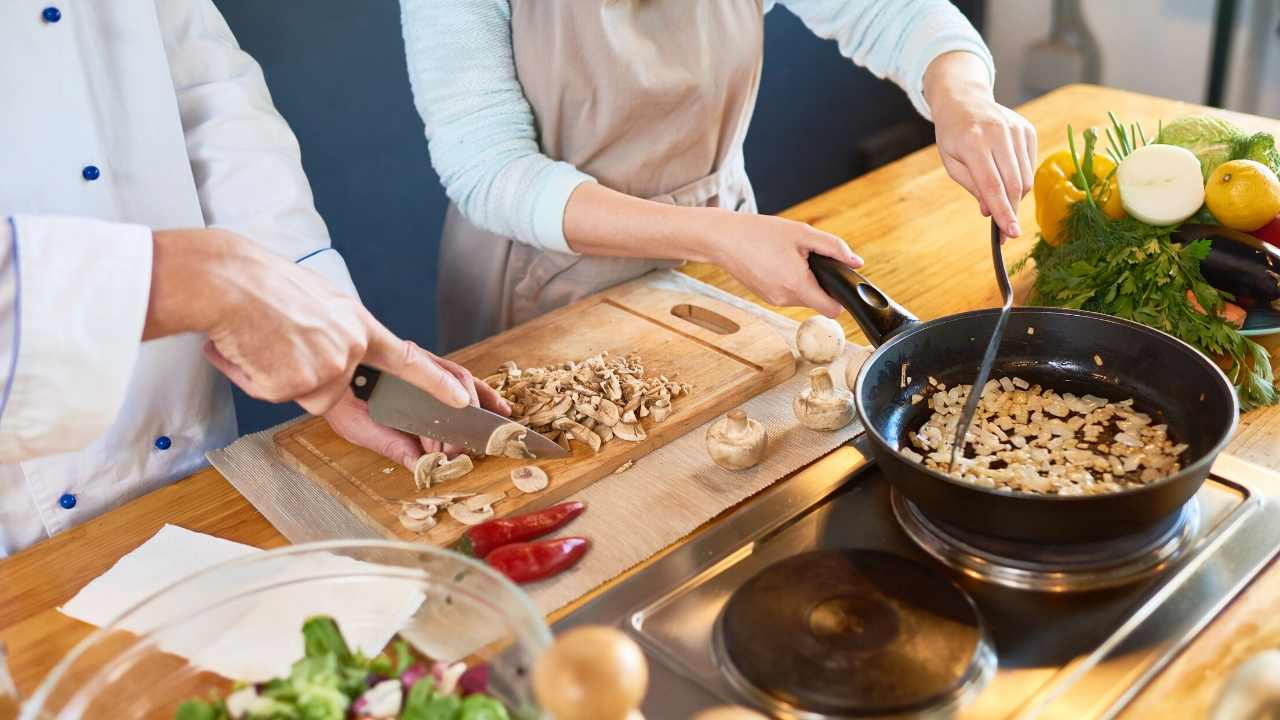 |
[TAG39]In this video we are starting out seedlings for our winter growing in the Tower Garden and we're taking you along for the journey! We'll show you just how easy |
 |
[TAG40]Hope you enjoyed this video and thank you for your support. Don’t forget to like, share and subscribe. PLEASE FOLLOW ME IN FACEBOOK https://www.facebook |
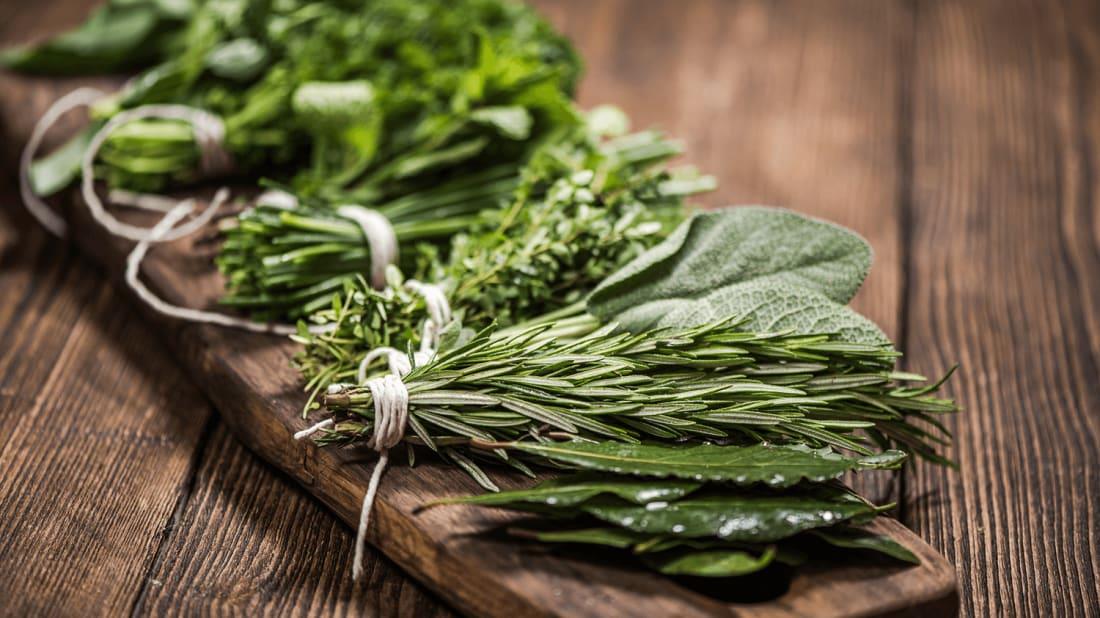 |
[TAG41]Learn herbs from respected professional herbalists offering world-class herbalist training. The NEW Professional Herbalist Course includes courses on over 600 |
 |
[TAG42]Who was the Marble Looking Man? Paul Sinclair shares his accounts of unusual and strange happenings in an around East and North Yorkshire. We now have |
 |
[TAG43]COFFEE MOANING the PODCAST ON APPLE PODCASTS: https://podcasts.apple.com/gb/podcast/coffee-moaning/id1689250679 ON SPOTIFY: |
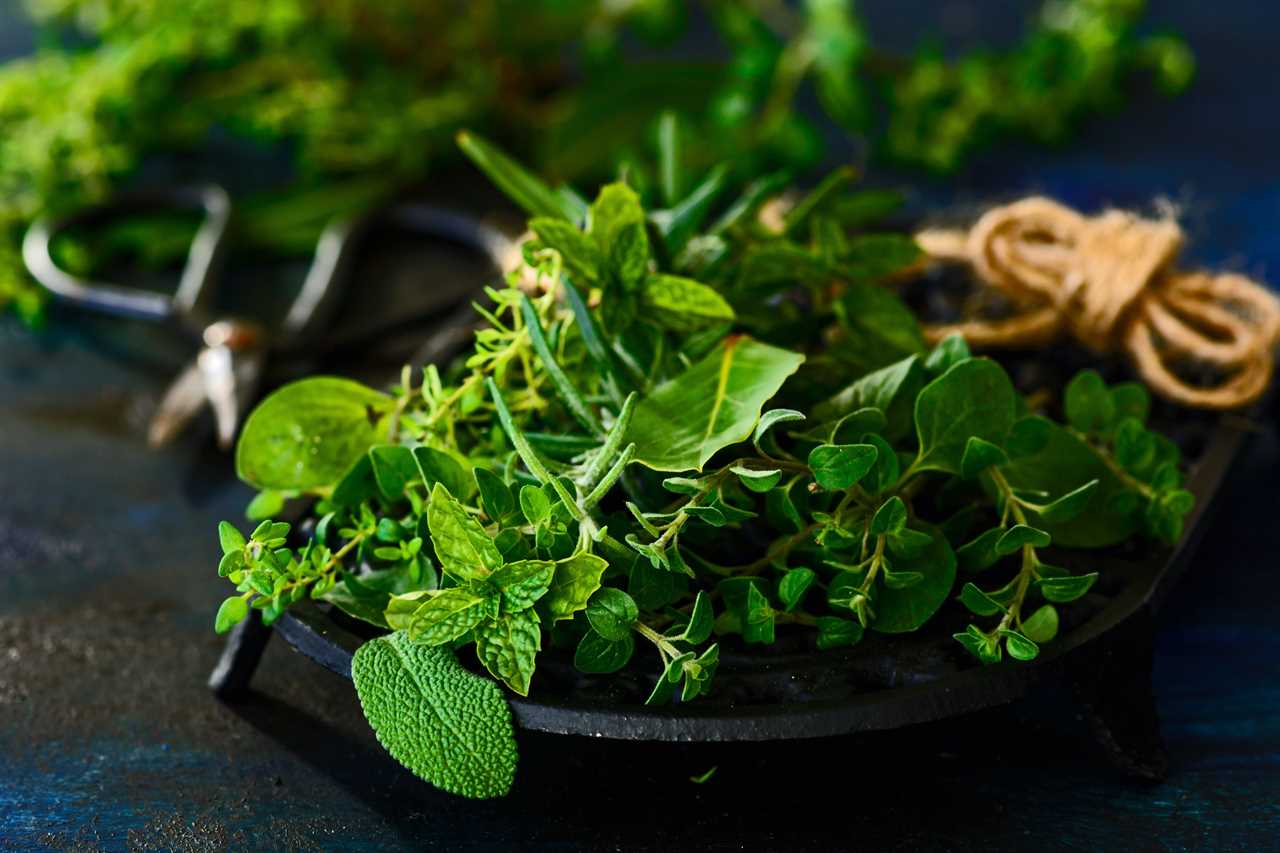 |
[TAG44]Find out more about herbs and how to use them |
 |
[TAG45]Are you eating healthy bread? If so, this video is a must-watch before you take another bite of those seemingly innocent slices. Bread might be a staple, but |
 |
[TAG46]Patrick Bet-David, Adam Sosnick, Tom Ellsworth and Vincent Oshana discuss Bill Maher's appearance on Roseanne Barr's podcast where he denies knowing MK Ultra, |
 |
[TAG47]Like life, tea is what you make of it and The Cup of Life helps individuals enjoy tea in more than one way. Join me on my tea adventures through my blog! |
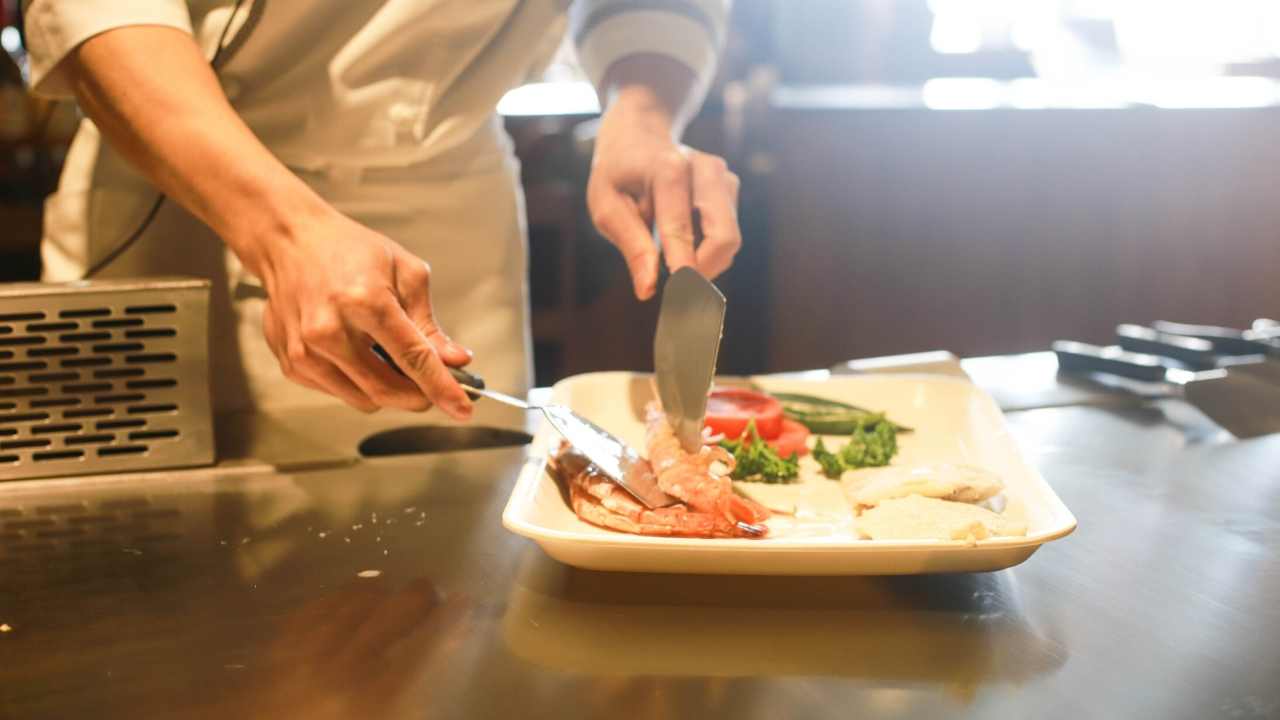 |
[TAG48]Use Code THOMAS25 for 25% off Your First Order from SEED: https://www.seed.com/thomasyt Obesity Pandemic - Willpower vs Genes vs Environment This video |
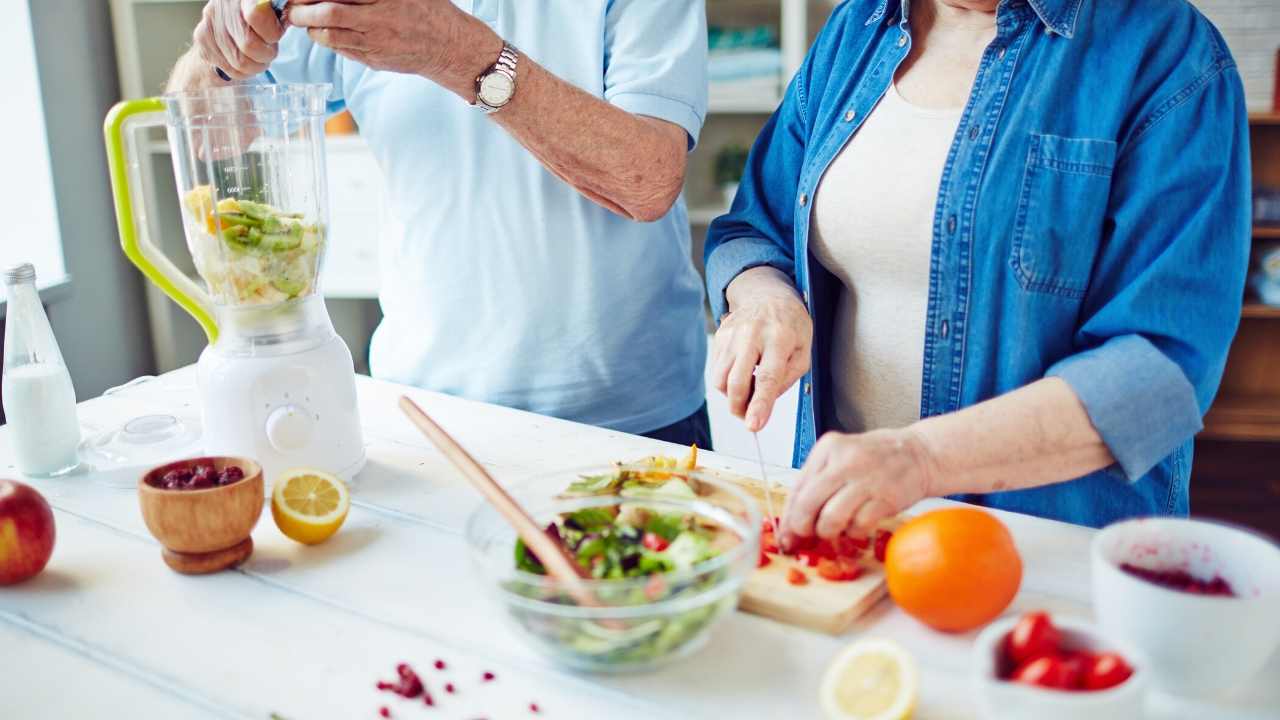 |
[TAG49]Harvesting self-grown vegetables - bursting with emotions when the old lady handed over the red book Thank you for watching my video. Wishing you good health, |
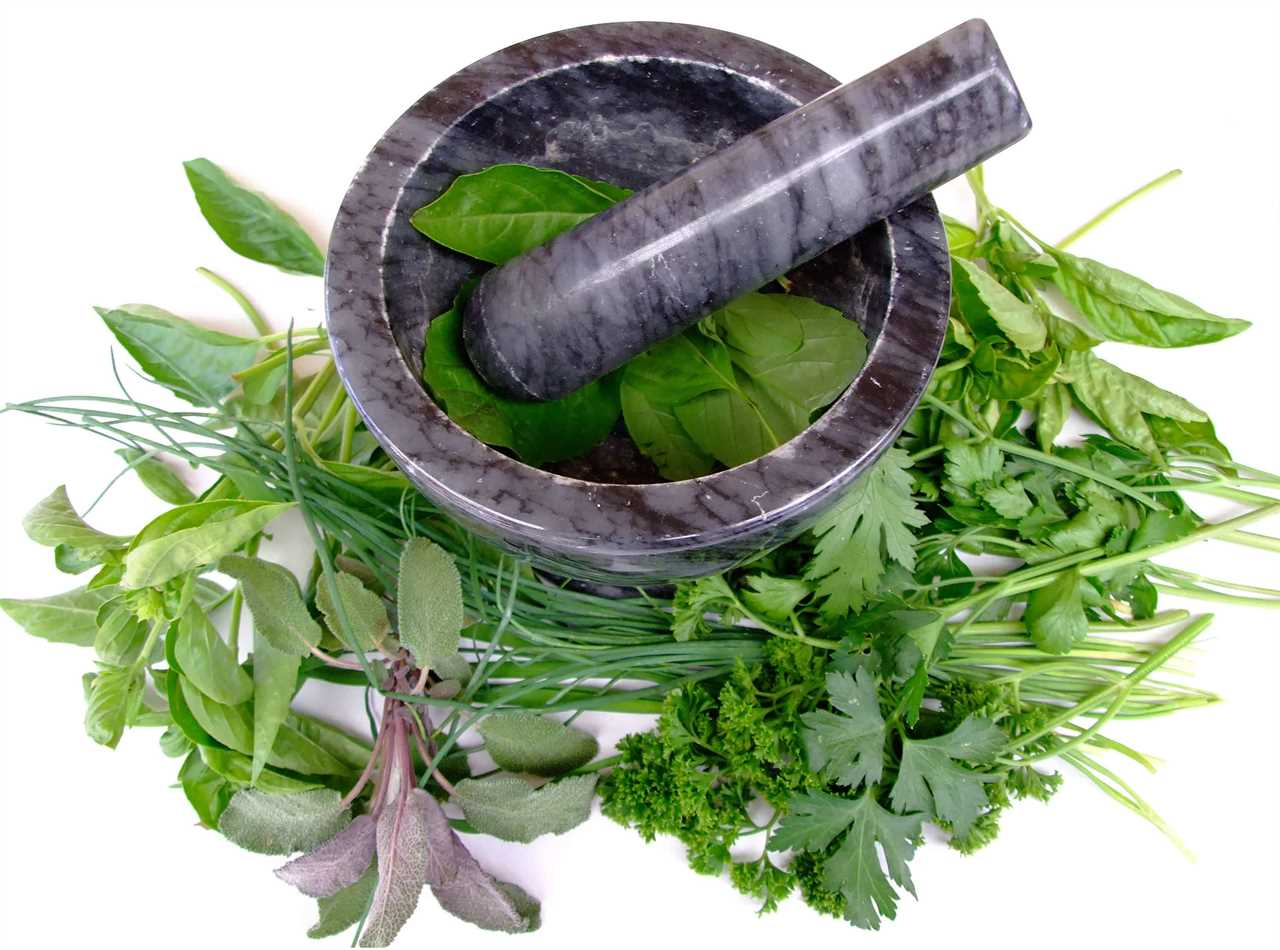 |
[TAG50]A tea assessment platform that rates teas based on objective quality markers and a sensory evaluation resulting in a list of the best teas produced each year. |
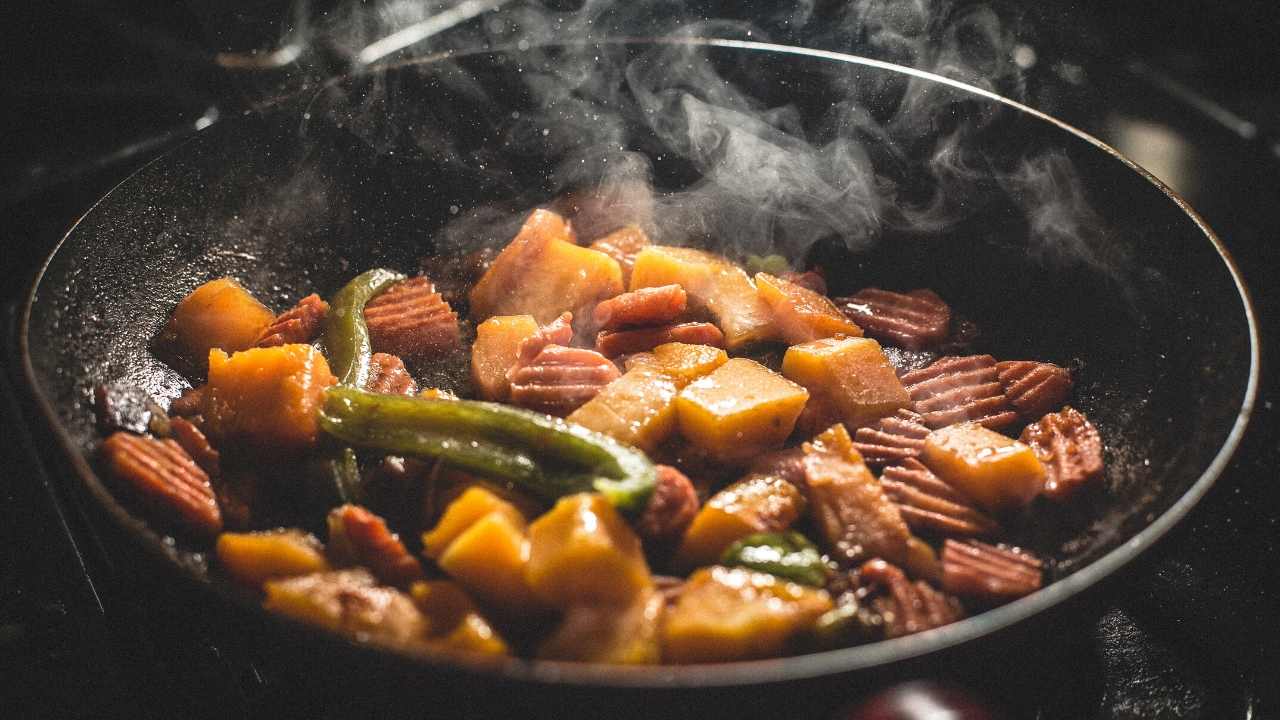 |
[TAG51]In This Video I'm Gonna Show You How To Find And Farm All 7 Herbs In Terraria! Enjoy ! :) #terraria #guide #tutorial |
 |
[TAG52]Former President Trump in recent remarks is now working to portray President Biden as a threat to democracy, saying Biden 'is the destroyer of American |
Did you miss our previous article...
https://belovedsaffron.com/herbs/jewelweed-student-business-spotlight
.png)





